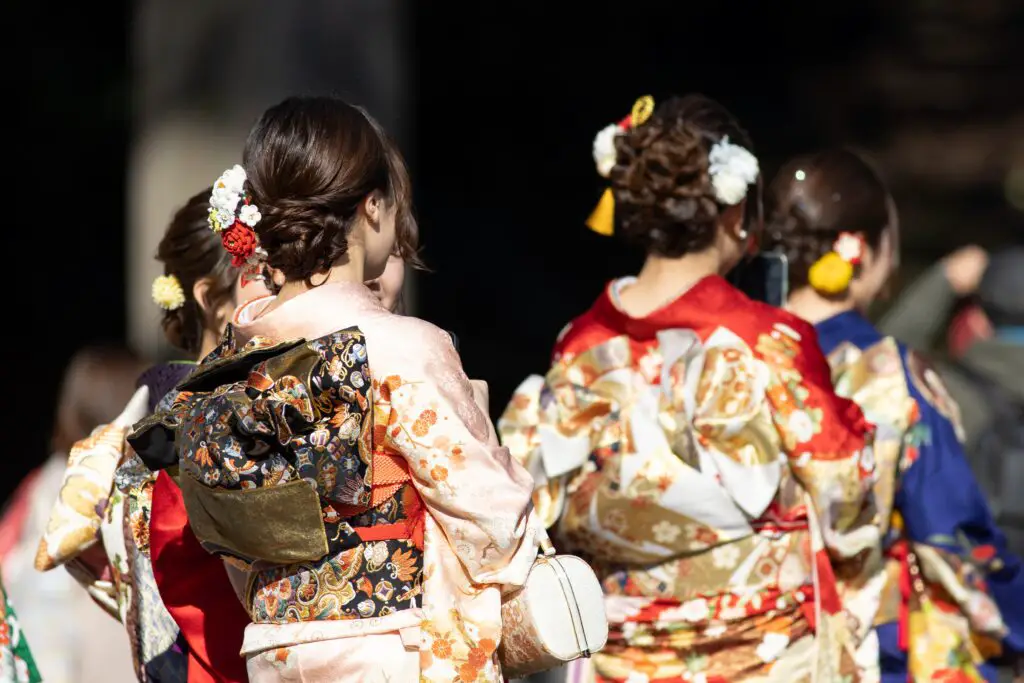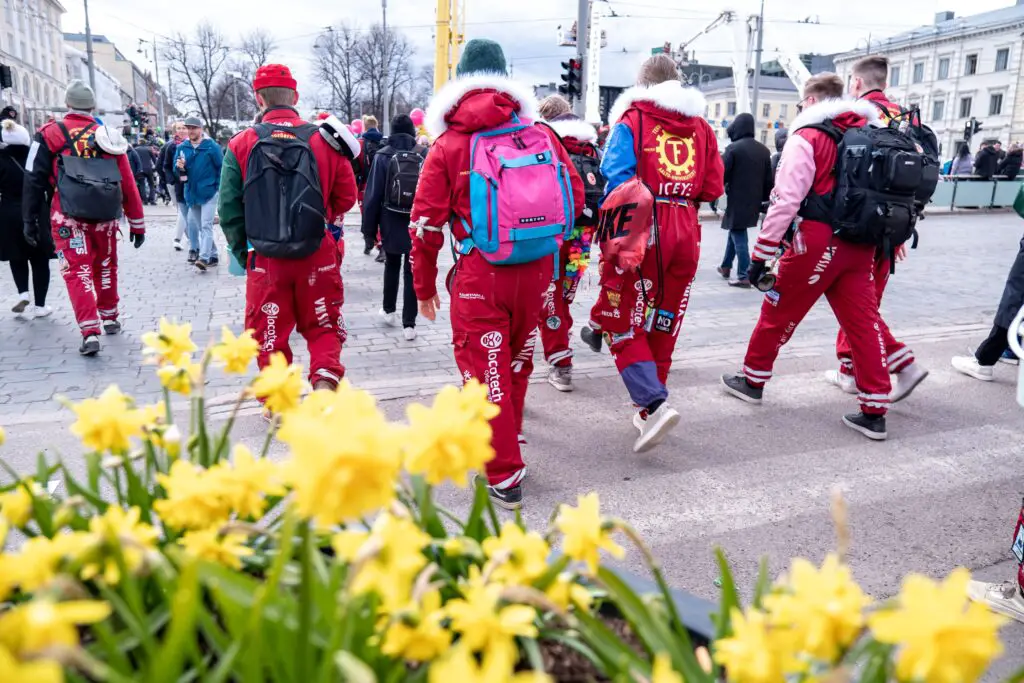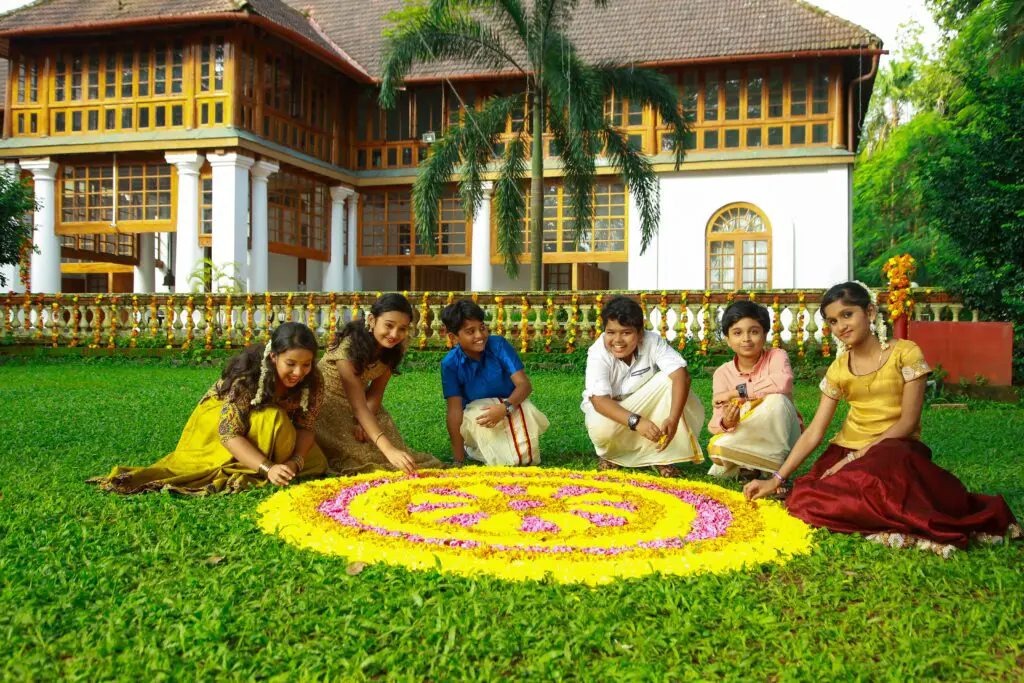1. Australia – Melbourne Cup Day

In Australia, Melbourne Cup Day is much more than just a horse race; it’s a public holiday in the state of Victoria. Held on the first Tuesday in November, the day centers around the famous Melbourne Cup, known as “the race that stops a nation.” While many enjoy the spectacle at the racetrack, others gather in offices, homes, and pubs for festivities. It’s a day of excitement, fashion, and, of course, plenty of betting.
What makes this holiday stand out is its festive atmosphere and inclusivity. People from all walks of life participate, whether they’re placing bets on the race or simply enjoying the public holiday. The celebrations bring the entire country together for a day that blends sporting tradition with social events. The holiday’s significance has remained strong, despite some questioning its relevance in modern Australia.
2. Japan – Coming of Age Day

Japan’s Coming of Age Day, celebrated every January 10th, marks a rite of passage for those turning 20. This deeply cultural event celebrates adulthood, and it’s common for young people to wear traditional attire, like kimonos, as they attend ceremonies. The holiday is more than just a milestone; it’s a celebration of responsibility and the future. In many regions, participants also visit shrines to pray for good health and success in their adult lives.
What sets Coming of Age Day apart is how it emphasizes the transition from adolescence to adulthood, complete with formal gatherings and reflection. The public celebration fosters a sense of community, as families and friends come together to honor this important life stage. Though the holiday has evolved over the years, it remains a time for young people to reflect on their newfound status as adults in Japanese society.
3. Spain – Día de los Reyes (Three Kings’ Day)

In Spain, the holiday season doesn’t end after New Year’s Day; it continues through Día de los Reyes, or Three Kings’ Day, on January 6th. This celebration is one of the most cherished holidays in Spain, marking the arrival of the Three Wise Men who, according to tradition, bring gifts to children. The day is filled with parades, where the Kings travel through the streets throwing sweets and gifts to children, creating a magical atmosphere.
Día de los Reyes holds a special place in Spanish culture, as it’s often more anticipated by kids than Christmas itself. Families come together to enjoy a festive meal and share the traditional “Roscón de Reyes,” a round cake adorned with fruits and filled with cream. While Christmas is widely celebrated, it’s the Three Kings’ Day that delivers the true holiday magic for many, making it a day that’s truly unforgettable for both young and old alike.
4. Finland – Vappu

Vappu, celebrated on May 1st, is Finland’s way of marking the arrival of spring with enthusiasm and joy. It’s a lively holiday that blends celebration with tradition, especially for students and workers. People gather in parks, wearing colorful hats and enjoying picnics with friends, family, and coworkers. The holiday also has roots in Finland’s labor movement, making it a day of unity and social solidarity.
In the evening, the festivities continue with fireworks, music, and outdoor parties, signaling the end of winter and the start of warmer days. Vappu stands out because of its unique mix of history, fun, and community spirit. It’s one of Finland’s most beloved holidays, where people from all walks of life come together to celebrate the arrival of spring in an energetic and meaningful way.
5. Sweden – Midsummer

Swedes celebrate Midsummer with an intensity that makes it one of the country’s most important holidays. Celebrated on the weekend closest to June 24th, Midsummer marks the longest day of the year and the beginning of summer. People gather in the countryside to dance around maypoles, enjoy traditional foods like herring and new potatoes, and sing songs that date back centuries.
Midsummer has deep cultural significance in Sweden, representing a connection to nature and the changing seasons. It’s a time to enjoy the outdoors, appreciate the beauty of the Swedish landscape, and partake in rituals that have been passed down through generations. With its lighthearted atmosphere and strong ties to Swedish identity, Midsummer is a celebration of life, nature, and the joy of summer.
6. India – Pongal

Pongal is a harvest festival celebrated in southern India, particularly in Tamil Nadu, and it’s a time for families to come together and give thanks for the year’s harvest. Held in mid-January, the festival lasts for four days and is filled with rituals, feasts, and cultural performances. The first day is dedicated to honoring the sun, while the second day is all about giving thanks to cows and other animals that help with farming.
Pongal’s significance goes beyond just a harvest festival. It’s a time for people to reconnect with their roots and celebrate the hard work of farmers. The festival involves preparing the traditional “Pongal” dish, a rice and lentil dish that symbolizes abundance. With its colorful celebrations, rich traditions, and focus on gratitude, Pongal remains an essential holiday that brings communities closer together.
